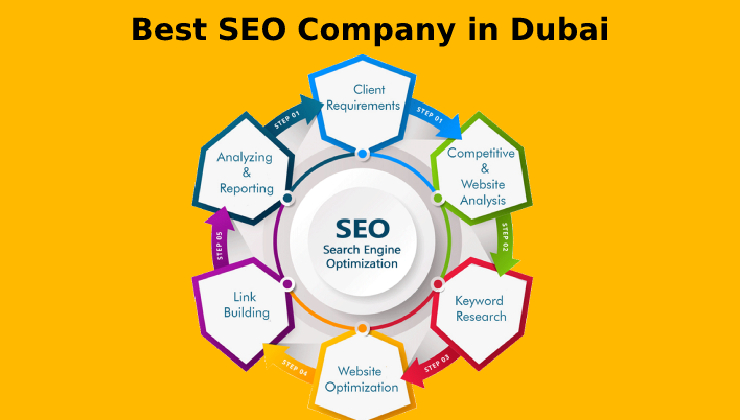
- SEO
- PPC
- SMO
- Industries
- E-Commerce SEO
- Real Estate Seo
- Seo Services Pharmaceutical Companies
- Medical Seo Services
- Law firm Seo
- Travel Seo Services
- Hotel Website Seo
- Astrology Website Seo
- Seo For School Website
- PPC For Real Estate
- PPC Services for Pharmaceutical Companies
- Medical PPC
- PPC For Lawyers
- Travel PPC Services
- Hotel PPC Services
- PPC Services for Astrologers
- PPC Services for School
- Content Marketing
- Design And Development
- Web Design
- Responsive Web Design
- Ecommerce Web Design
- Mobile Web Design
- Small Business Web Design
- Web Development
- Ecommerce Web Development
- Custom Web Development
- CMS Web Development
- Mobile Web Development
- Mobile Apps Development
- Android App Development
- Outsourcing Web Design Services
- iPhone Application Development
- Portfolio
- About Us
- Contact Us
Menu

- SEO
- PPC
- SMO
- Content Marketing
- Design And Development
- Web Design
- Responsive Web Design
- Ecommerce Web Design
- Mobile Web Design
- Small Business Web Design
- Web Development
- Ecommerce Web Development
- Custom Web Development
- CMS Web Development
- Mobile Web Development
- Mobile Apps Development
- Android App Development
- Outsourcing Web Design Services
- iPhone Application Development
- Portfolio
- About Us
- Contact Us
















